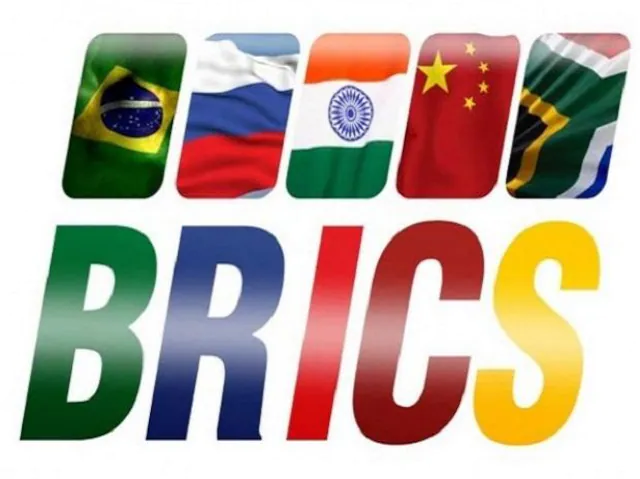More than a billion people around the world need eyeglasses but don't have them, researchers say
Health News: Shivam Kumar’s failing eyesight was manageable at first. To better see the chalkboard, the 12-year-old moved to the front of the classroom, but in time, the indignities piled up.
Increasingly blurry vision forced him to give up flying kites and then cricket, after he was repeatedly whacked by balls he could no longer see. The constant squinting gave him headaches, and he came to dread walking home from school.
“Sometimes I don’t see a motorbike until it’s almost in my face,” he said.
As his grades flagged, so did his dreams of becoming a pilot. “You can’t fly a plane if you’re blind,”
he noted glumly.
The fix for Shivam’s declining vision, it turns out, was remarkably simple.
He needed glasses.
More than a billion people around the world need eyeglasses but don’t have them, researchers say, an affliction long overlooked on lists of public health priorities. Some estimates put that figure closer to 2.5 billion people. They include thousands of nearsighted Nigerian truck drivers who strain to see pedestrians darting across the road and middle-aged coffee farmers in Bolivia whose inability to see objects up close makes it hard to spot ripe beans for harvest.
Then there are the tens of millions of children like Shivam across the world whose families cannot afford an eye exam or the prescription eyeglasses that would help them excel in school.
“Many of these kids are classified as poor learners or just dumb and therefore don’t progress at school,” said Kovin Naidoo, global director of Our Children’s Vision, an organization that provides free or inexpensive eyeglasses across Africa. “That just adds another hurdle to countries struggling to break the cycle of poverty.”
In an era when millions of people still perish from preventable or treatable illness, many major donors devote their largess to combating killers like AIDS, malaria and tuberculosis. In 2015, only $37 million was spent on delivering eyeglasses to people in the developing world, less than one percent of resources devoted to global health issues, according to EYElliance, a nonprofit group trying to raise money and bring attention to the problem of uncorrected vision.
So far, the group’s own fund-raising has yielded only a few million dollars, according to its organizers. It has enlisted Ellen Johnson Sirleaf, the former Liberian president, Elaine L. Chao, the transportation secretary for the United States and Paul Polman, the chief executive of Unilever, among others, in an attempt to catapult the issue onto global development wish lists. They contend that an investment in improving sight would pay off. The World Health Organization has estimated the problem costs the global economy more than $200 billion annually in lost productivity.
“Lack of access to eye care prevents billions of people around the world from achieving their
potential, and is a major barrier to economic and human progress,” said Madeleine K. Albright, the former secretary of state who is also involved in the group.
Hubert Sagnieres, the chief executive of Essilor, a French eyeglass company and a partner in the fund-raising campaign, said he often confronts ambivalence when pitching the cause to big-name philanthropists.
In an interview, he recalled a recent conversation with Bill Gates, whose foundation has spent tens of billions of dollars battling infectious diseases in the developing world. He said he reminded Mr. Gates of his own childhood nearsightedness, noting that without glasses, he might have faltered in school and perhaps never gone on to start Microsoft. Mr. Gates, he said, politely demurred, saying he had other priorities. A spokeswoman for the Gates Foundation declined to comment.
The initiative’s backers point out that responding to the world’s vision crisis does not require the invention of new drugs or solving nettlesome issues like distributing refrigerated vaccines in countries with poor infrastructure. Factories in Thailand, China and the Philippines can manufacture so-called readers for less than 50 cents a pair; prescription glasses that correct nearsightedness can be produced for $1.50.
But money alone won’t easily solve systemic challenges faced by countries like Uganda, which has just 45 eye doctors for a nation of 41 million. In rural India, glasses are seen as a sign of infirmity, and in many places, a hindrance for young women seeking to get married. Until last year, Liberia did not have a single eye clinic.


No comments:
Post a Comment